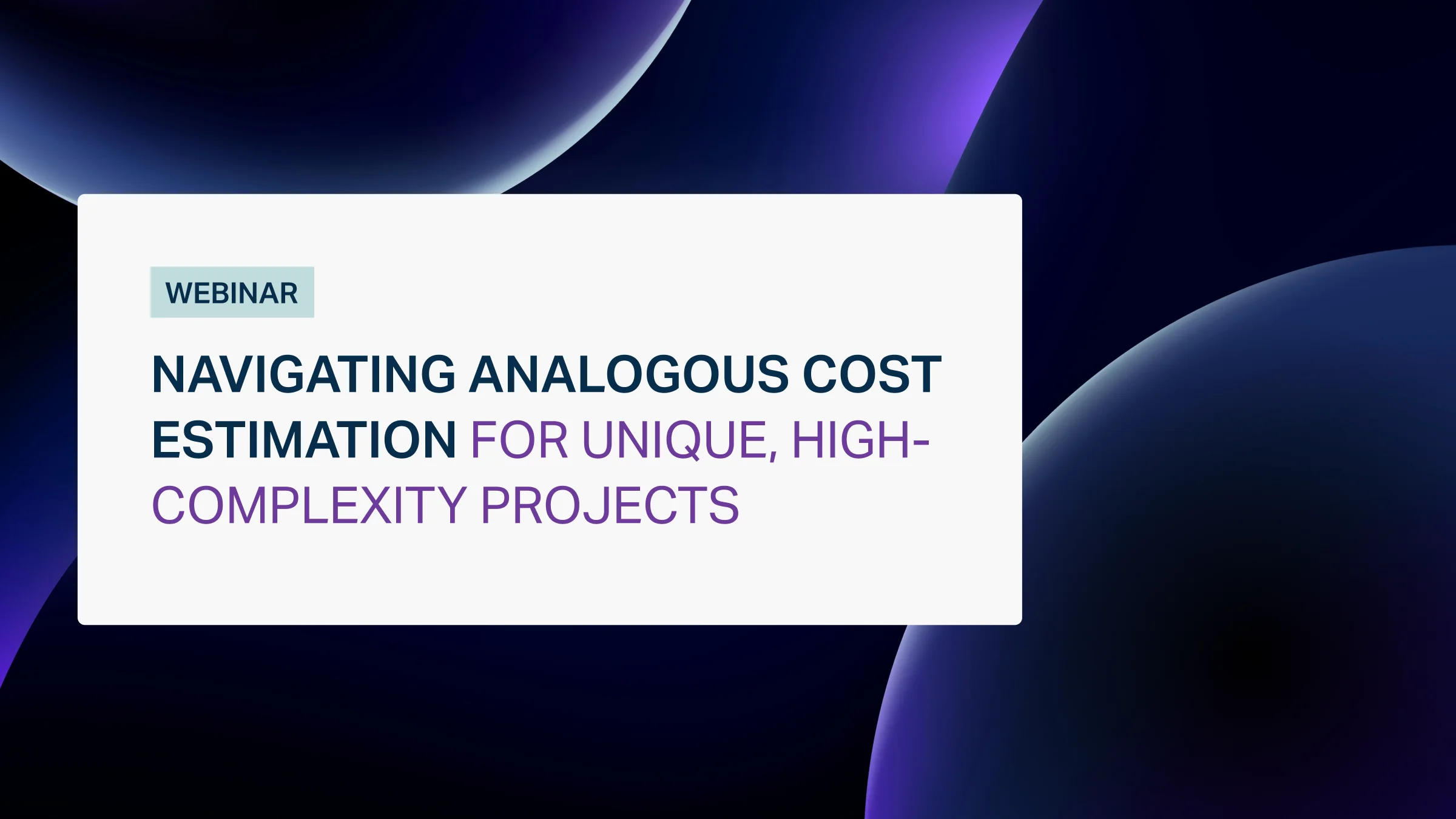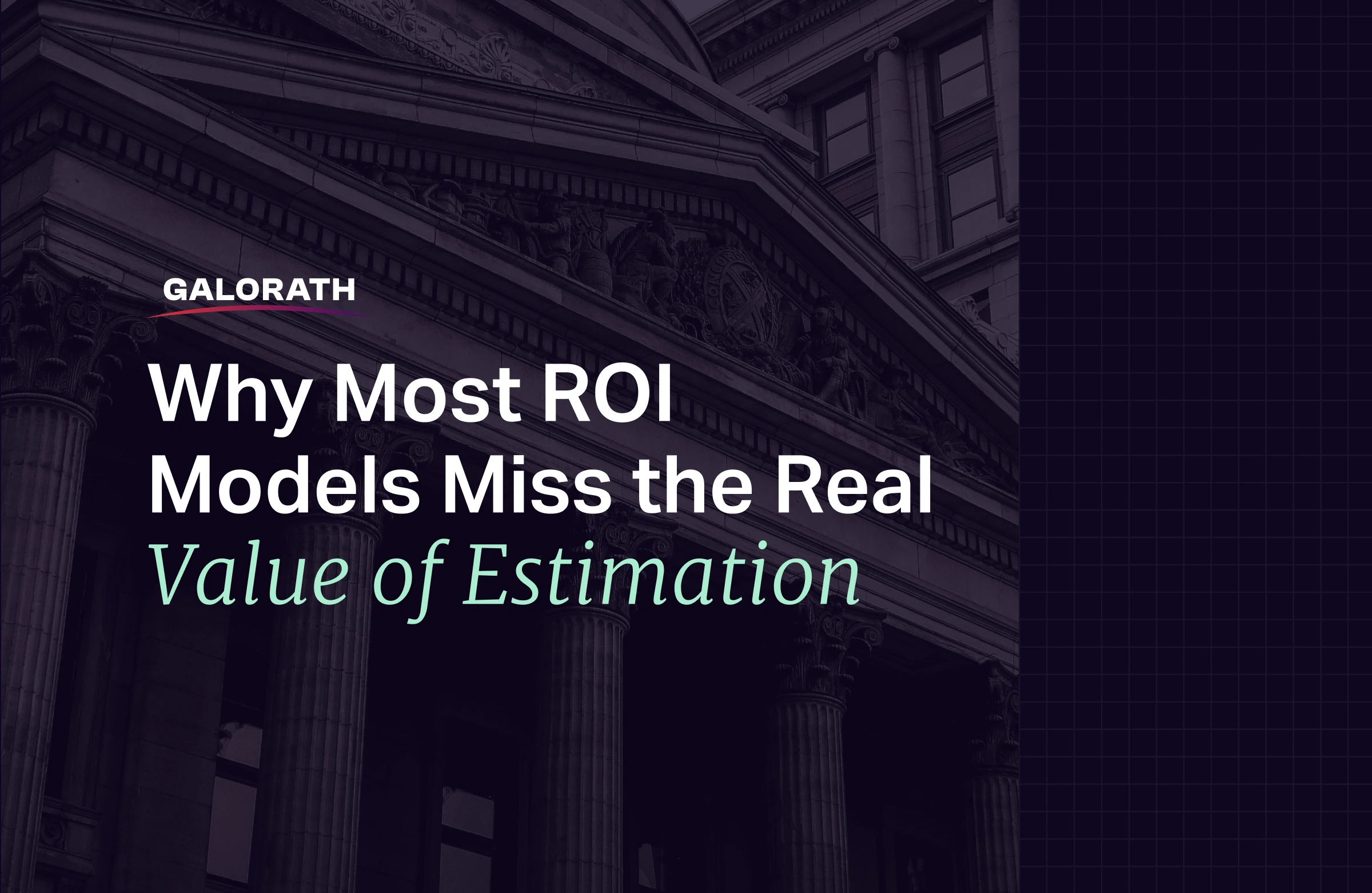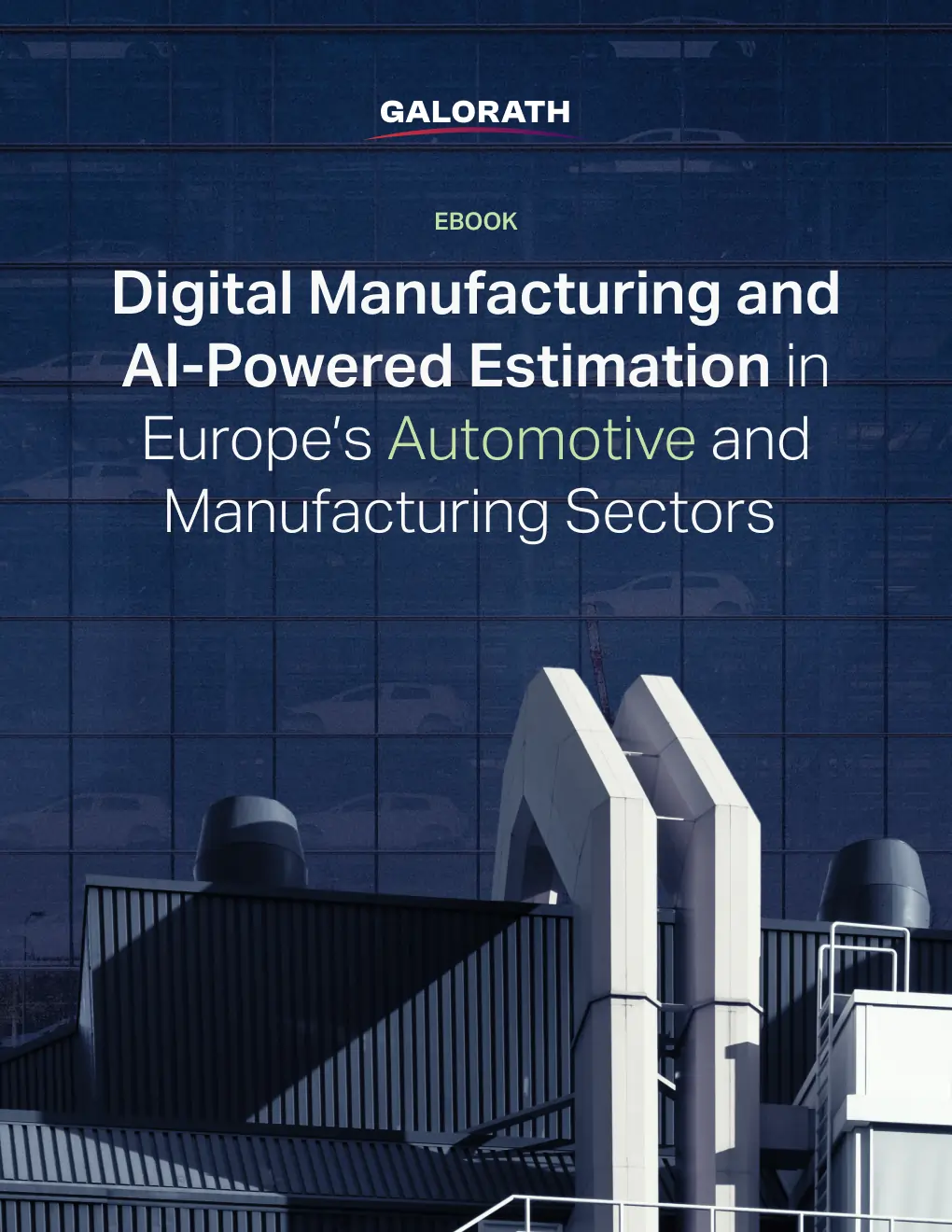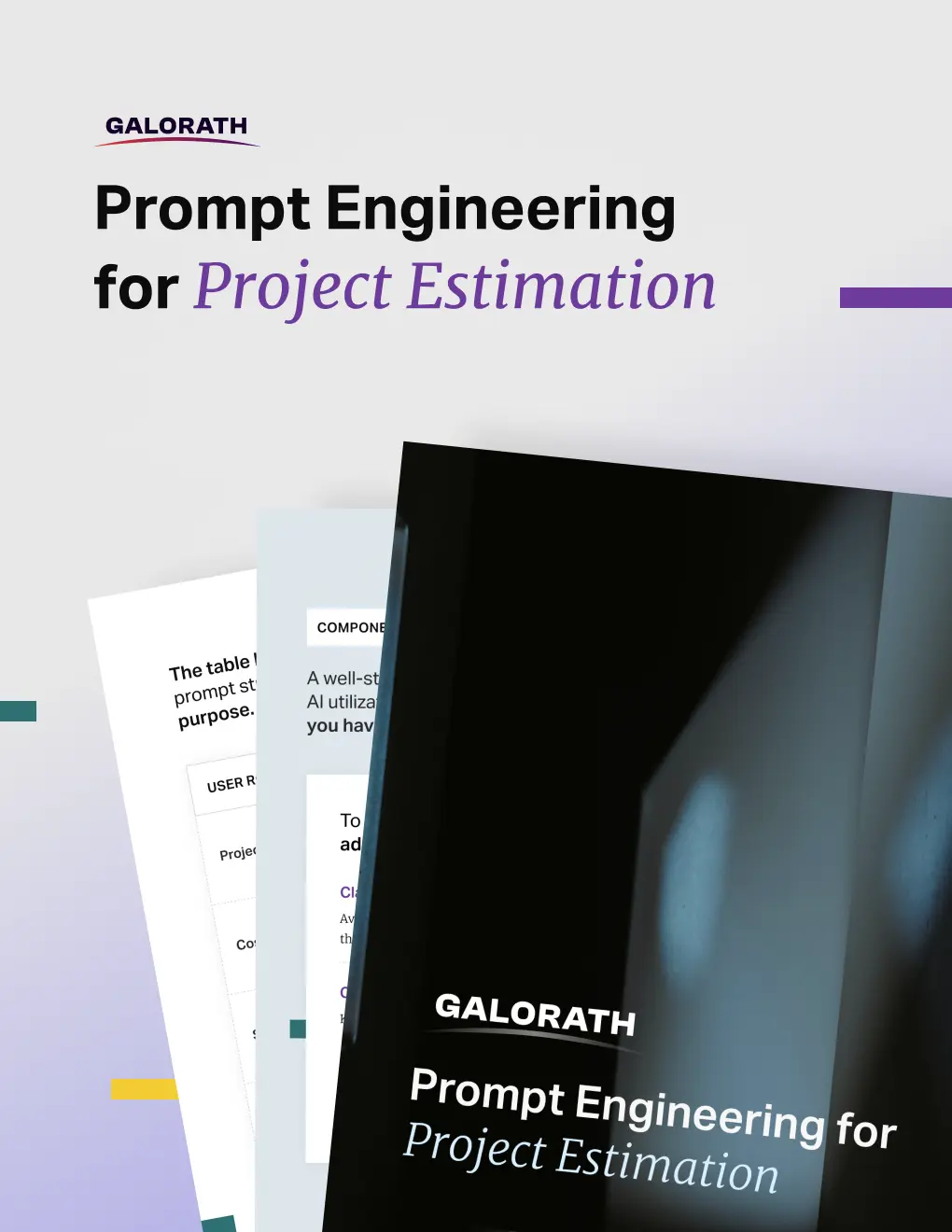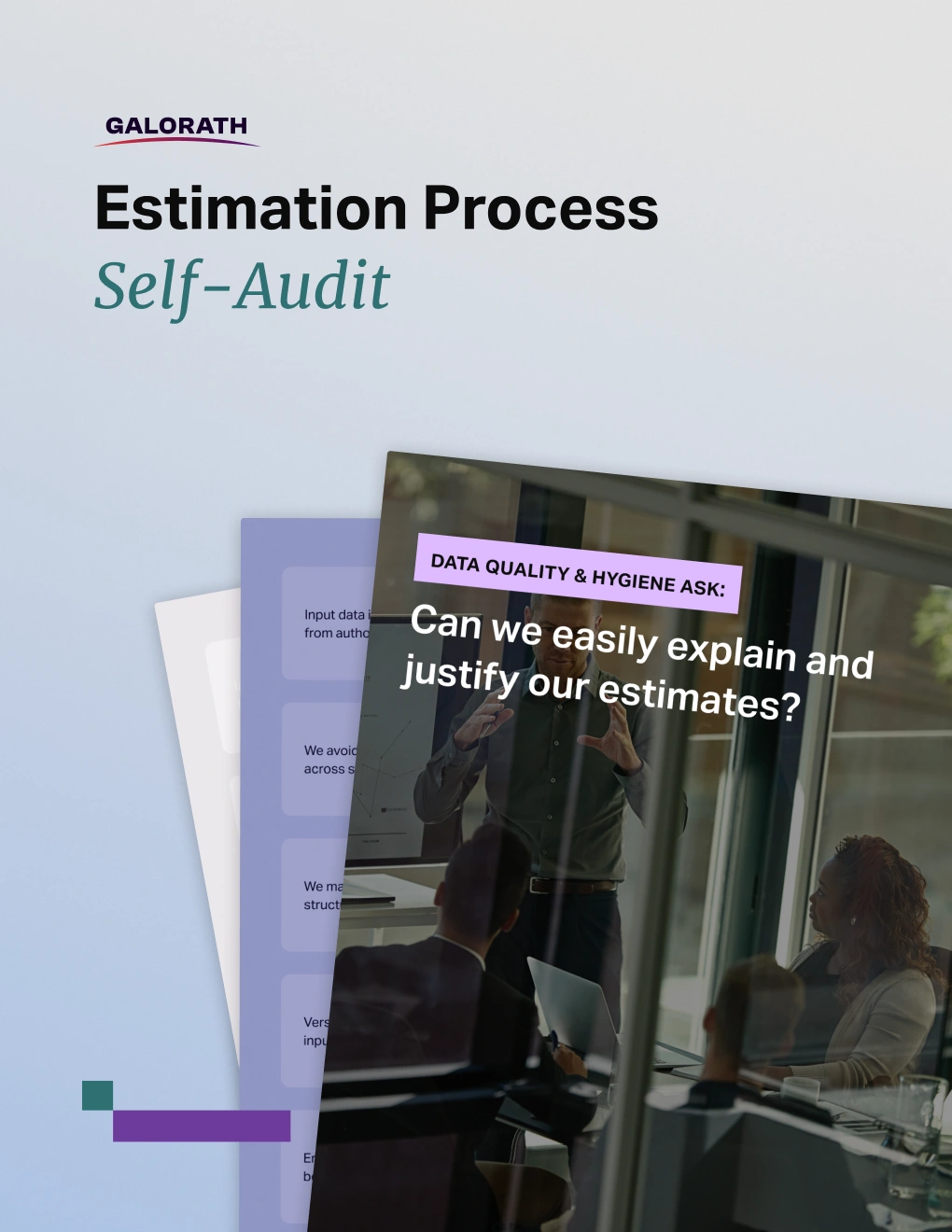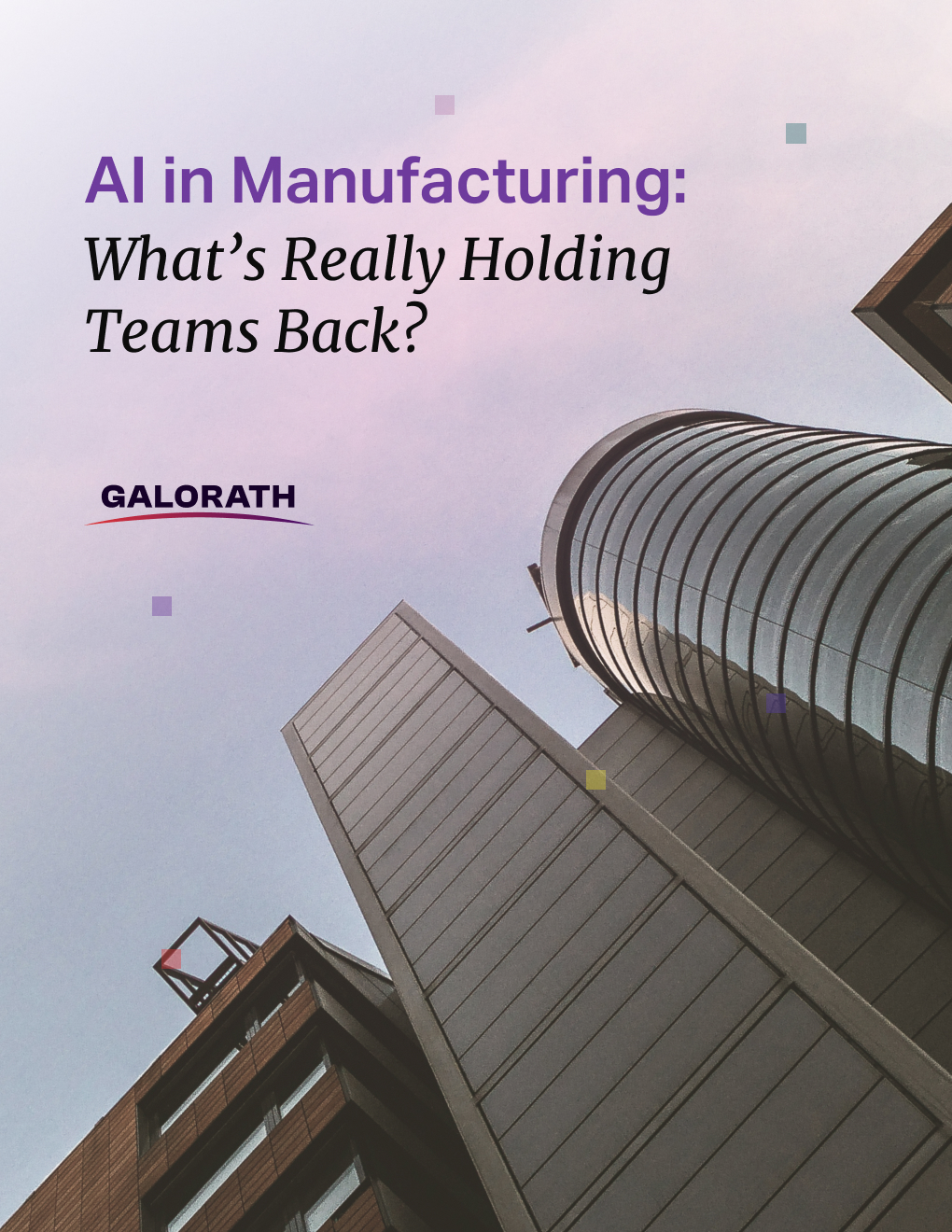Mastering Cost Risk with the CRED Model: A New Approach to Managing Uncertainty
Cost modeling is a structured, data-driven approach for forecasting the total cost of ownership and guiding strategic decisions across the project lifecycle. By mathematically representing cost drivers, input parameters, and calculation logic, cost models transform technical and operational variables into actionable financial insights. This allows organizations to plan, predict, and control costs with higher accuracy and agility.
More than just a budgeting tool, cost modeling supports scenario simulation, trade-off analysis, and proactive risk assessment, helping teams test assumptions, justify resource allocations, and align project strategy with financial feasibility. In complex domains such as manufacturing, software, healthcare, and aerospace, cost models enable dynamic decision-making by combining historical data, real-time inputs, and predictive techniques.
Modern cost modeling solutions, such as SEER by Galorath, integrate parametric estimation, cost breakdown structures (CBS), sensitivity analysis, and probabilistic risk modeling into one cohesive platform. These capabilities not only improve cost estimation accuracy but also provide transparency, auditability, and strategic foresight across engineering, procurement, and delivery phases.
As uncertainty in market conditions and supply chains grows, organizations increasingly rely on robust cost models to ensure financial control, reduce variability, and support long-term value optimization. A Q1 2025 industry survey underscores this need, revealing persistent supply chain disruptions, global conflicts, and climbing interest rates, all contributing to increased project costs.
Looking for a Cost Modeling Software?
SEER delivers industry-leading parametric cost modeling software that connects technical design, scope, and financial performance.
Model, simulate, and optimize project costs with precision — from early concept to delivery.
What is Cost Modeling?
Cost modeling creates a mathematical representation encompassing all project costs, such as materials, labor, overhead, and risk, to forecast the total cost of ownership and support budgeting, pricing, and strategic planning decisions.
Beyond just forecasting total cost of ownership, cost modeling also enables scenario analysis by simulating how changes in variables, such as timelines, resource availability, or market conditions, impact overall costs. This proactive approach empowers organizations to make informed trade-offs, assess risks, and justify decisions with data-backed insights.
In complex industries like aerospace, IT, or manufacturing, where project uncertainty and scale are high, cost models become essential tools not just for estimation, but for aligning operational strategy with financial feasibility.
What is a Cost Model?
A cost model is a structured set of mathematical relationships or formulas used to estimate, analyze, and predict costs associated with a project, product, or system. It supports efficient resource utilization and enables data-driven financial planning across various industries.
The framework of a cost model defines how costs are calculated, using algorithmic logic to represent real-world variables. Models can range from simple equations, such as those linking cost directly to unit volume, to more complex systems involving multiple interdependent variables. This logic enables advanced calculations that reduce financial uncertainty and help maintain a clear project focus.
Cost models are especially critical in engineering and software, and are widely used in product lifecycle management. In manufacturing, for instance, they directly link raw material inputs to total cost, providing a transparent and adaptable structure for managing financial performance.
What are the Core Components of a Cost Model?
A comprehensive cost model is built from several core components, including cost drivers, cost elements, input parameters, and calculation logic; additionally, context-specific adjustments are vital for accurate prediction. These components collectively provide flexibility and support robust decision-making, with each element playing a distinct and necessary role in the model’s overall function.
Here are the core components of a cost model:
Table: Key Components of a Cost Model
| Component | Description |
| Cost Drivers | Factors directly influencing costs (e.g., labor, material usage). |
| Cost Elements | Distinct cost categories (e.g., direct labor, indirect overhead). |
| Input Parameters | Data inputs like quantities, time, or pricing metrics. |
| Calculation Logic | Formulas and algorithms linking inputs to cost outputs. |
| Auxiliary Factors | Scenario-based adjustments (e.g., quality, risk, environmental conditions). |
Why is Cost Modeling Important?
Cost modeling is essential for delivering reliable estimates, controlling expenditures, and optimizing resource allocation while proactively anticipating financial risks. These strengths result in more informed, data-driven decisions across organizations.
The urgency of effective cost modeling is reinforced by recent industry findings: according to the 2025 industry report, 89% of organizations consider cost volatility a primary operational threat, with many struggling against unpredictable swings in labor and material costs. Inaccurate data further impacts planning, making effective responses increasingly difficult.
Cost modeling builds a structured, data-driven picture of project costs so teams can test scenarios, compare alternatives, and see the full lifecycle impact on TCO. By pairing cost baseline estimates with sensitivity and trade-off analysis, cost modeling shows which levers matter most and which option delivers the best value for the required function.
Cost modeling keeps resources aligned with project complexity by exposing the true effort and cost drivers behind each option. By highlighting the few variables that move the needle, it enables efficient cost control and focuses optimization where it matters most. When models are continuously integrated with evolving requirements and actuals, they remain reliable even for complex systems.
Beyond execution, the same models serve a strategic role, they inform pricing strategies, strengthen investment analysis, and improve risk mitigation through quantified scenarios and ranges.
What are the Key Benefits of Cost Modeling?
Cost modeling provides significant, quantifiable advantages: improved decision-making, enhanced cost-efficiency, greater strategic foresight, and increased competitive agility.
By delivering structured insights into both potential and actual expenditures, cost models positively impact various organizational functions and serve as a foundation for effective, evidence-based planning.
Table: Strategic Benefits of Cost Modeling
| Benefit | Description |
| Informed Decision-Making | Facilitates evidence-based project and investment evaluation. |
| Resource Optimization | Pinpoints inefficiencies; optimizes high-cost operations. |
| Risk Reduction | Enables proactive scenario analysis; supports contingency planning. |
| Value Justification | Assesses whether projected benefits justify associated costs. |
| Strategic Planning | Guides long-term organizational strategy; forecasts future financial needs. |
| Performance Evaluation | Framework for assessing operational changes and technology. |
How is Cost Modeling Done?
Cost modeling follows a systematic methodology that combines data analytics, domain expertise, and diverse techniques to deliver actionable financial insights and precise cost estimations.
The cost modeling process starts with defining the model’s purpose. This could involve budgeting or forecasting. Feasibility analysis is also a common goal. Analysts then identify relevant cost drivers and historical, real-time, or simulated data is collected. The next stage involves selecting a suitable modeling method.
The cost modeling process follows these 7 systematic steps:
- Define Objectives & Scope: Clarify what is being estimated and why.
- Identify Cost Drivers: Determine the main factors influencing costs.
- Collect & Prepare Data: Gather historical, market, or simulated data.
- Select Modeling Technique: Choose based on data and project needs.
- Build & Calibrate Model: Develop the mathematical or algorithmic model.
- Validate & Refine: Test model accuracy and update as needed.
- Apply & Interpret Results: Use the model for decision support.
Which Methodologies Support Cost Modeling?
Cost modeling is supported by several key methodologies: parametric, machine learning, knowledge-based, simulation, and integrated approaches. The selection of method depends on project requirements, available data, and the complexity of the scenario, since each technique offers distinct strengths and flexibility for addressing specific needs.
This diversity allows organizations to tailor their cost modeling approach for optimal accuracy and adaptability.
Key methodologies supporting cost modeling:
- Parametric Modeling: Uses statistical relationships to estimate costs. This method applies well in early design stages.
- Machine Learning: Trains algorithms on large datasets. It uncovers complex cost patterns. This allows for adaptability.
- Knowledge-Based/Case-Based: Integrates expert judgment. Past cases are used to estimate costs. This applies when data is limited.
- Simulation & Stochastic Models: Models uncertainty and variability. Monte Carlo methods are examples. They provide a range of possible outcomes.
- Integrated/Hybrid Approaches: Combines multiple methods. This yields robust and adaptive results. It suits complex, dynamic environments.
What are Best Practices for Cost Modeling?
Adhering to best practices in cost modeling is essential for producing robust, accurate estimates and includes steps such as making assumptions transparent, continuously integrating new data, and regularly calibrating models for ongoing financial planning utility.
Following these practices not only enhances model accuracy but also promotes audit readiness, enables continuous improvement, builds organizational trust, and provides a strong foundation for effective cost management.
Key practices for effective cost modeling:
- Calibrate Model: Regularly adjust the model with new data.
- Traceability: Ensure all inputs and assumptions are clear.
- Integrate ERP/PLM: Connect models to enterprise systems.
- Continuous Audit: Regularly review and refine the model.
- Ensure Transparency: Make all model elements understandable.
- Document Assumptions: Clearly state all underlying beliefs.
- Validate Inputs: Verify data quality and relevance.
What are Common Use Cases for Cost Modeling?
Cost modeling is a versatile tool used across a wide range of industries, including manufacturing, healthcare, and IT, to support strategic decision-making by optimizing processes and managing costs throughout the project lifecycle.
Its broad applicability goes beyond financial estimates, as cost modeling assists with regulatory compliance, strengthens vendor negotiations, and enhances product pricing strategies by providing organizations with the data-driven insights needed to control expenses and improve efficiency.
The table below highlights common use cases across sectors:
Table: Cost Modeling Use Cases by Sector
| Sector | Cost Modeling Use Case Examples |
| Manufacturing | Evaluating automation ROI; optimizing inventory; production efficiency. |
| Software | Budgeting for agile development, cloud services, and resource management. |
| Healthcare | Assessing treatment cost-effectiveness; determining patient subsidies. |
| Enterprise | Business model innovation; operational scaling; strategic investment analysis. |
| Construction | Estimating development costs; managing project overruns. |
What Pitfalls Should Be Avoided When Modeling Costs?
Neglecting assumptions, oversimplifying logic, or failing to account for uncertainty can undermine the accuracy of a cost model and result in flawed decisions that disrupt financial management and strategic outcomes.
Despite being a powerful tool, cost modeling’s value can be diminished by common errors, making it essential to avoid these pitfalls. Paying careful attention to detail, ensuring transparent processes, and maintaining model credibility are key to achieving reliable cost estimates and consistently sound decision-making.
Key pitfalls to avoid include:
- Oversimplification of Objectives: Focusing solely on cost minimization distorts outcomes. This ignores broader objectives like profit or value. Suboptimal results may occur.
- Implicit or Unclear Assumptions: Hidden assumptions lead to inaccurate outcomes. Non-transparent results often arise. All assumptions must be explicit. Validity testing is crucial.
- Incorrect Cost Definitions: Using average costs instead of marginal costs distorts results. Misclassifying cost elements can lead to poor decisions. This affects inventory and operational models.
- Ignoring Variability and Uncertainty: Assuming deterministic outcomes makes models less robust. Real-world scenarios include variability. Stochastic factors need inclusion.
- Overly Restrictive Constraints: Anticipating a specific solution limits model flexibility. Tight constraints prevent better alternatives. This restricts solution space.
- Lack of Holistic Perspective: Failing to consider the entire value chain overlooks interdependencies. This leads to inaccurate total cost estimates. Complex systems require a broad view.
The 2025 SOTI report by Galorath indicates 50% of organizations report data accessibility issues.
This occurs across internal systems. It also involves external sources. Historical records present challenges. These issues delay executive decisions. Furthermore, 55% of respondents report gaps in cross-functional data sharing. Only 33% report fully integrated infrastructure. A further 11% operate in entirely siloed environments.
To avoid these common pitfalls:
- Define objectives clearly.
- Consider both costs and benefits comprehensively.
- Make all model assumptions explicit.
- Test assumption validity rigorously.
- Use appropriate cost definitions and classifications.
- Incorporate uncertainty and variability where relevant.
- Avoid unnecessary constraints that limit solution space.
- Take a holistic view of the system or process.
What are Popular Tools for Cost Modeling?
A wide range of digital tools supports advanced cost modeling, from industry-standard parametric suites and machine learning-powered systems to specialized software and common Excel-based toolkits. These platforms facilitate estimation, analysis, and management, reflecting a growing industry demand for sophisticated digital capabilities.
In fact, a recent survey shows that nearly 70% of organizations prioritize real-time data integration, while 71% seek automation. Nevertheless, despite strong interest, 63% have yet to implement AI-driven estimation tools, leading to fragmented adoption across industries.
Cost modeling relies on diverse digital solutions. These tools are essential for achieving accurate projections. They span various functionalities, from general-purpose software to integrated systems combining different capabilities. Specialized applications specifically target niche industries. The choice of tool depends on project complexity. Data availability also strongly influences selection, and modeling objectives guide tool preference. These tools ultimately enhance decision-making and improve overall cost control.
What Is a Cost Modeling Software?
Cost modeling software turns technical, schedule, and resource inputs into quantified cost, schedule, and risk projections you can trust. It organizes assumptions, exposes the drivers that move the estimate, and lets teams explore scenarios before committing funds.
Cost modeling software solutions, such as SEER by Galorath, blend parametric estimating, structured breakdowns, and probabilistic analysis so budgets stay realistic and auditable as scope evolves. SEER is a calibrated, model-based platform used across software, hardware/electronics, manufacturing, systems, IT/services, and space to produce fast, defensible models that stand up to reviews.
Some of the most important characteristics of a reliable cost modeling software include:
Parametric Estimating
Parametrics are essential in early planning and rapid iteration, for linking size, complexity, and maturity to cost so comparison of options can be done in minutes, not weeks. In SEER, domain-specific, calibrated models map technical parameters to cost, effort, schedule, and confidence ranges, enabling quick concept trades and smooth maturation from Class 5 → Class 1.
Cost Breakdown Structure (CBS)
Clear cost breakdowns make estimates explainable and controllable, tracing totals to labor, materials, hardware, overhead by phase and work package. SEER structures estimates to a WBS/CBS, rolls up consistently, and auto-generates Basis-of-Estimate detail so reviewers can see exactly how each component contributes.
Trade-Off Analysis
Good decisions weigh cost, schedule, and performance together. SEER streamlines “what’s the impact if…?” comparisons, COTS vs. custom, staffing ramps, materials/process choices, showing deltas in cost, duration, and risk so stakeholders can pick the best value, not just the lowest price.
Risk Analysis
Budgets fail when uncertainty is ignored. SEER quantifies it with Monte Carlo on cost and (where applicable) schedule, highlighting top risk drivers and presenting P50/P70/P80 outcomes to size contingency and reserves aligned to governance targets.
Sensitivity Analysis
Knowing which inputs matter most focuses design and procurement effort. SEER’s sensitivity views rank high-leverage drivers (e.g., learning curves, yields, labor rates, size measures), helping teams harden the baseline and validate robustness before gate reviews.
What-If Analysis
Scenario exploration turns a static estimate into a decision tool. With SEER, rapid parameter changes plus built-in trade-off and sensitivity workflows let you evaluate alternatives side-by-side—supporting affordability targets, “price-to-win” realities, and schedule feasibility.
Cost Estimation
At the core is producing accurate, repeatable estimates that update as information improves. SEER combines parametric speed with bottom-up detail (WBS-aligned resources, learning curves, rates) so teams can refine numbers, maintain traceability, and keep plans synchronized with design and procurement data.
How Cost Modeling Enhances Cost Estimation Accuracy?
Cost estimation is often perceived as the final number stakeholders rely on, but that number is only as reliable as the model behind it. Cost modeling provides the structure, logic, and variable relationships that underpin cost estimates, ensuring consistency, traceability, and repeatability. While cost estimation delivers figures for decision-making, cost modeling defines how those figures are calculated, including assumptions, constraints, and risk factors.
By leveraging robust modeling techniques—such as parametric or knowledge-based approaches—organizations can generate cost estimates that reflect real-world conditions, project complexity, and historical performance, reducing the margin of error. In this way, cost modeling is not just a support mechanism, but the foundation of high-confidence cost estimation.

